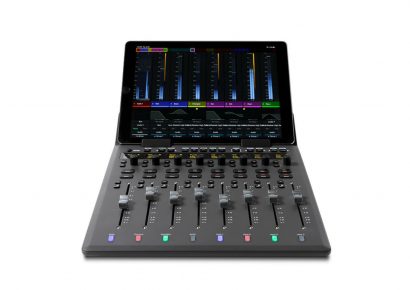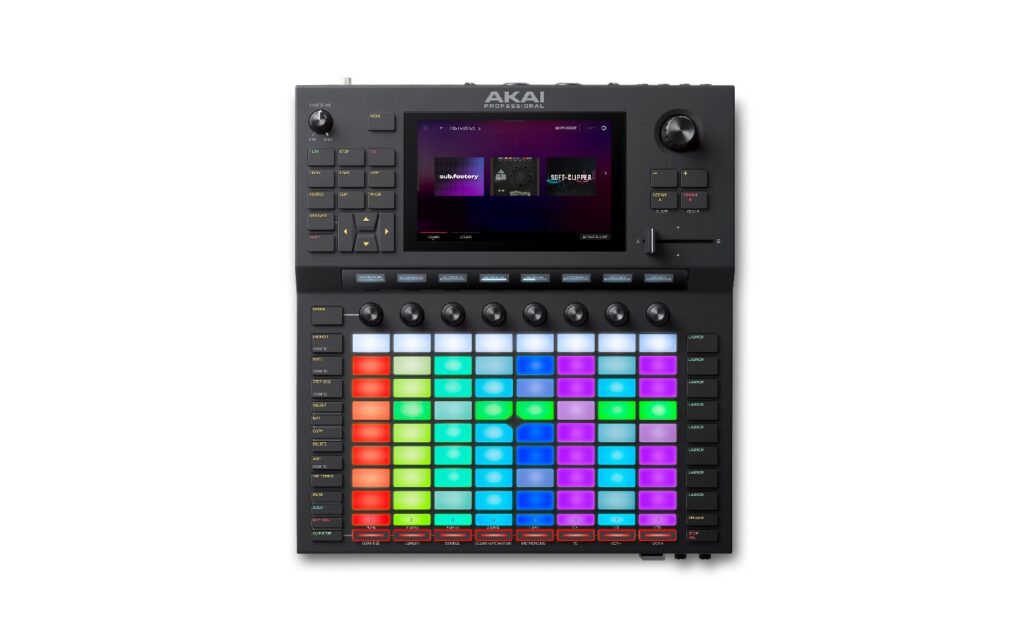For this special, we’re turning our focus to one of the most essential aspects of any genre: the bass. Whether it’s jazz, punk, pop or beyond, it’s all about that bass, and to celebrate, we’re spotlighting the finest instruments, amplifiers, tools and effects available to the modern bassist today.
Radial HDI Studio Grade Direct Box
Key Features: For recording bassists, the addition of a truly premium DI into one’s recording setup is kind of like driving a sports car: you probably won’t always understand exactly what’s going on under the hood, but the obvious and immediate upside will make it hard to ever go back to stock.
Indeed, if we are going to go down this road of describing audio equipment as sports cars, then Radial’s HDI may well be the Tesla of Active DI boxes. It’s equal parts high quality, forward thinking DI circuit, endlessly feature packed studio utility (the saturation, optical compression and sound colouration provided is truly top notch) and as an instant clout enhancer, has the ability to turn heads in a way that few DI’s can match.
One of the largest active DI boxes on the market (in terms of physical footprint), the HDI fits nicely into your standard 19 inch gear rack: a nod to its natural habitat in the modern recording chain, where its position as premium Direct injection preamp come opto compressor/harmonic booster is largely unrivaled.
In terms of application, the HDI handles everything from classic DI instruments such as electric bass and keyboard without breaking a sweat, with its ability to allow for open unimpeded capture making it a perfect choice for capturing fully figured bass notes, free of distortion or excessive midrange. Thanks to Radial offering a 3.5mm TS input with a reduced sensitivity, the HDI is also equally adept at handling the hotter stuff also, doubling as an awesome choice for modular synthesizers – an increasing source of low end in the modern musical landscape.
On the dash, solid silver knobs labelled ‘colour’ and ‘presence’ offer distortion and brightness respectively, which breathe life into acoustic and electric guitars, something completely foreign to your average DI box. To the left, another silver Level knob offers level control, doubling as the control for the amount of drive present when the distortion channel is engaged. Lying between these knobs we find another array of control options: an impedance switch for the 1/4 inch inputs, allowing you to switch between bass and keyboard applications seamlessly, as well as a switch to further engage the onboard optical compressor, a three-position high pass filter, and a ground lift switch to remove any ground hum or buzz.
The VU meter provides an instant visual reference when setting levels (because as we all know, correct gain staging and level setting is in many ways, the secret sauce behind so may of the best bass sounds.) Having this VU meter as a reference point really helps keep your head room in check and being in VU, means that your levels are entering your DAW of choice already optimised for further plugin processing/amp emulator plugins down the line.
The optical compressor offers two threshold settings, the more gentle setting is perfect for taming stray transients, and the more extreme pushes sounds more noticeably. The HDI has a solution for all routing conundrums, with two XLR outs offering outputs at line and mic level, and a TS out for those who want to exploit the HDI’s signal processing on the way to an amplifier, instead of using the unprocessed Thru output.
Mixdown Says: Bass guitar can be a nightmare to record without paying careful attention to issues like phase alignment and gain staging. Blending a DI signal and an amplified signal can feel like chemistry at times, it’s no wonder that many engineers forego the act of micing up the bass amp entirely, despite DI signals lacking an amplified feel.
This is where the HDI comes in: perhaps its greatest use is its ability to get a fulfilling bass sound, one with adequate drive and controlled transients, without needing to play around with microphone positioning on a bass amp and phase alignment after the fact. The combination of the opto compressor and the distortion knob work in harmony to tame and rear a wild bass, adjusting the presence knob to taste, letting your bass sit properly in any mix.
Overall: A versatile and classy tool for any recording chain.
Find out more about the Radial HDI via Amber Technology.





